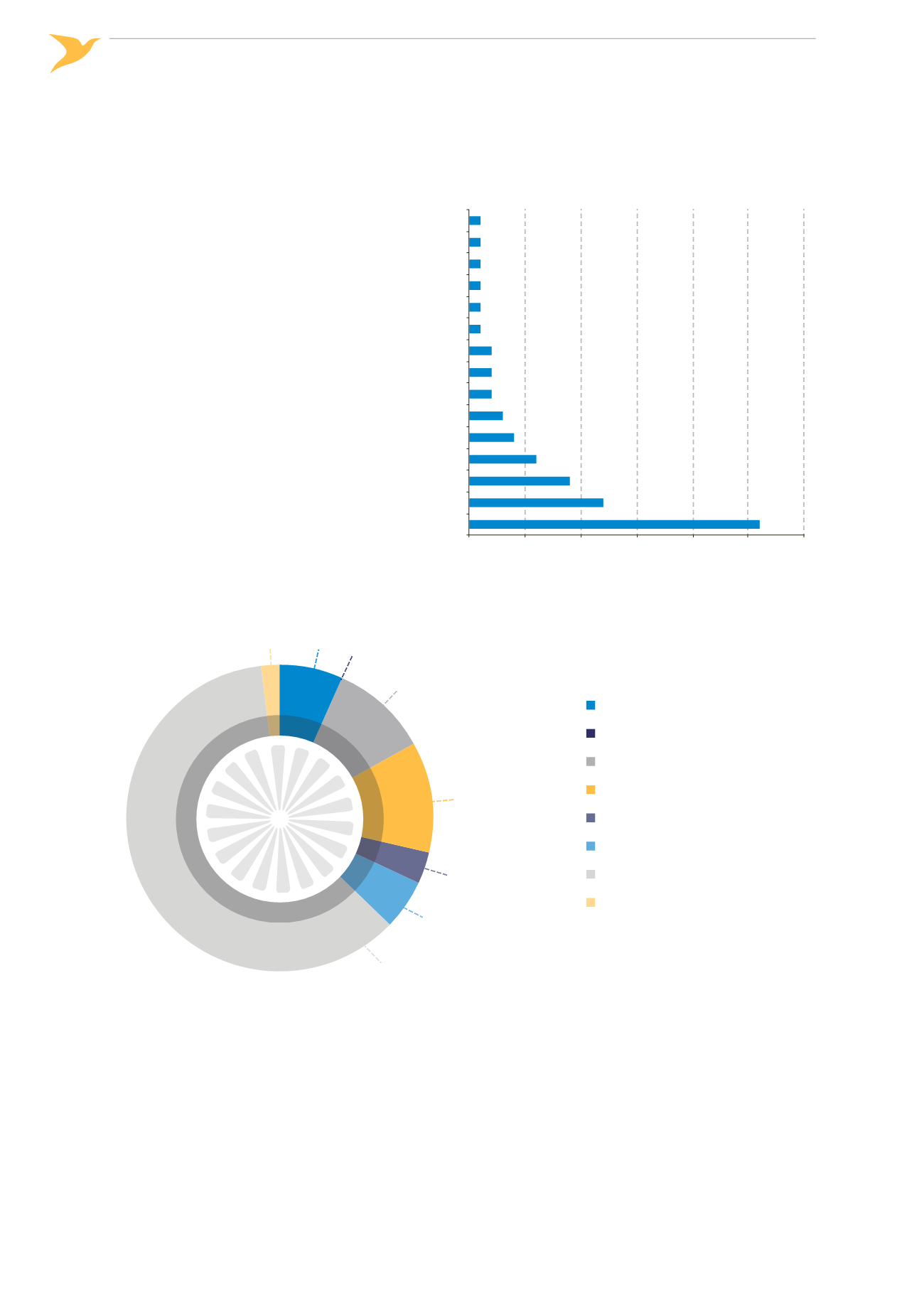

Annual Safety Review 2014
General Aviation
PAGE
112
´
´
Figure 38:
Balloon occurrence categories 2010-2014
0
5
10
15
20
25
30
ARC: Abnormal runway contact
CTOL: Collision with obstacle(s) during take-o and landing
OTHR: Other
WSTRW: Windshear or thunderstorm
F-POST: Fire/smoke (post-impact)
LOC-I: Loss of control - inight
SCF-NP: System/component failure or malfunction [non-powerplant]
MAC: Airprox/ ACAS alert/ loss of separation/ (near) midair collisions
CFIT: Controlled ight into or toward terrain
LOC-G: Loss of control - ground
GCOL: Ground Collision
UNK: Unknown or undetermined
LALT: Low altitude operations
EVAC: Evacuation
F-NI: Fire/smoke (non-impact)
´
´
Figure 39:
Balloon accidents per phase of flight
%
%
%
%
%
%
%
%
Unknown
Landing
Approach
Manoeuvring
En route
Take-o
Taxi
Standing
As can be seen in Figure 38 and Figure 39, the highest number of Balloon accidents occurs during the landing
phase of the flight. In the tables below These accidents are shown according to the events which occurred during
those accidents. When examining these four tables it can be seen that the main causes are Hard landings due to
Aircraft handling and Collisions with obstacles which in many cases are power lines or other objects on ground.

















